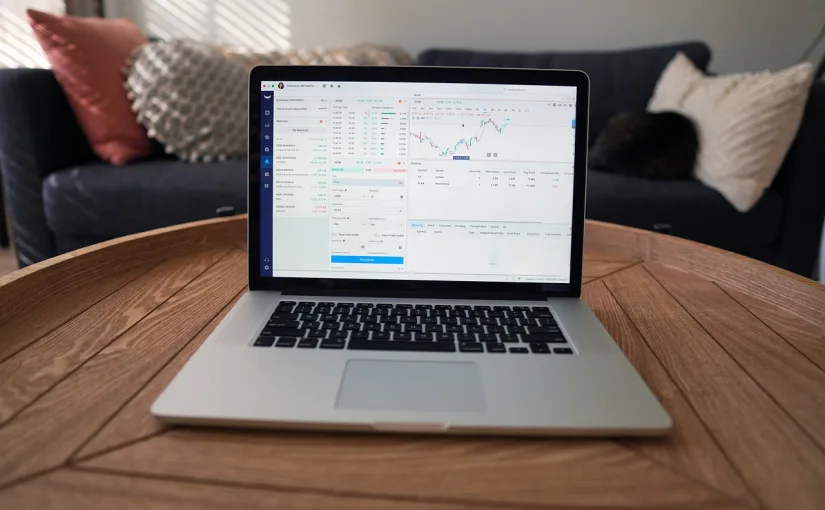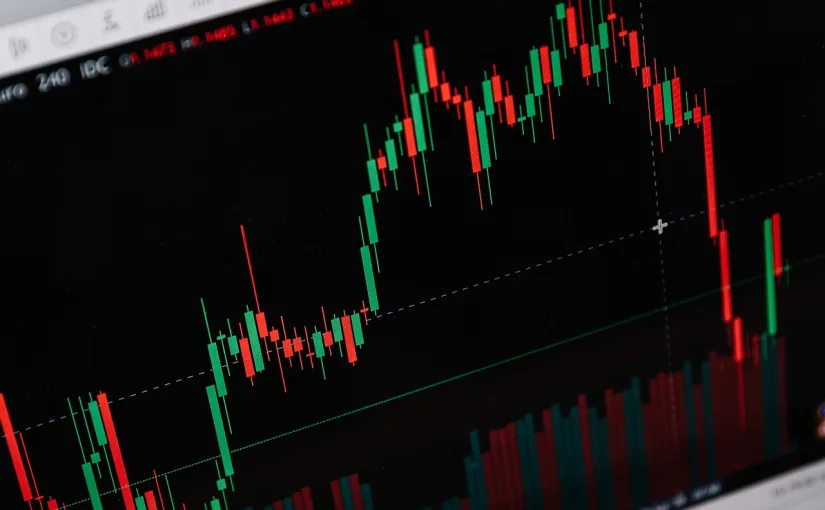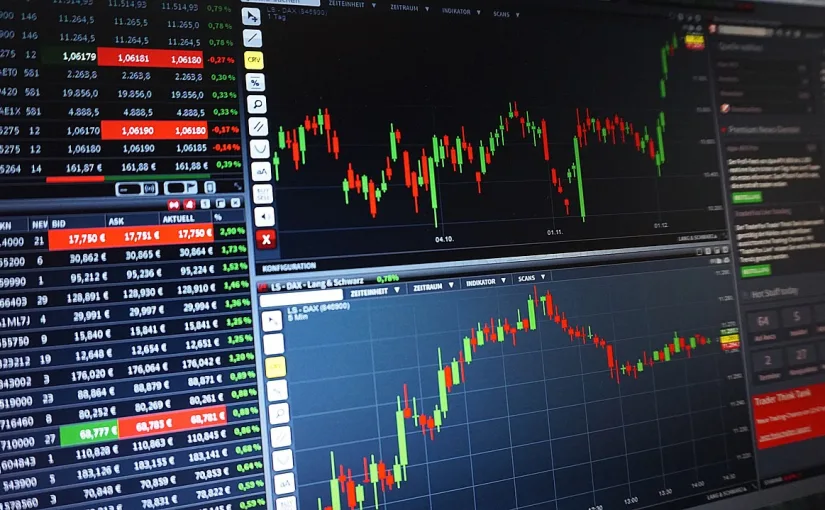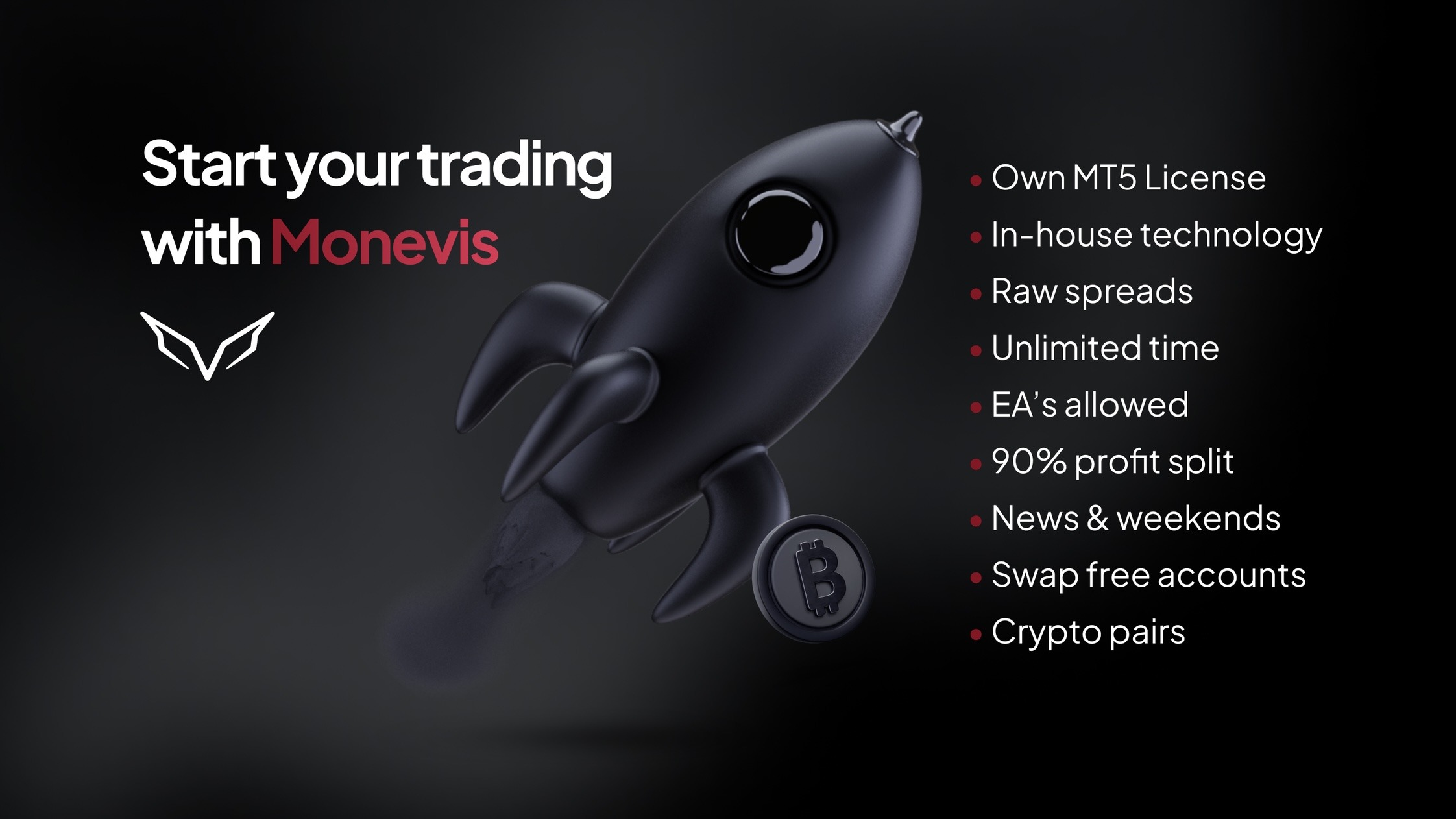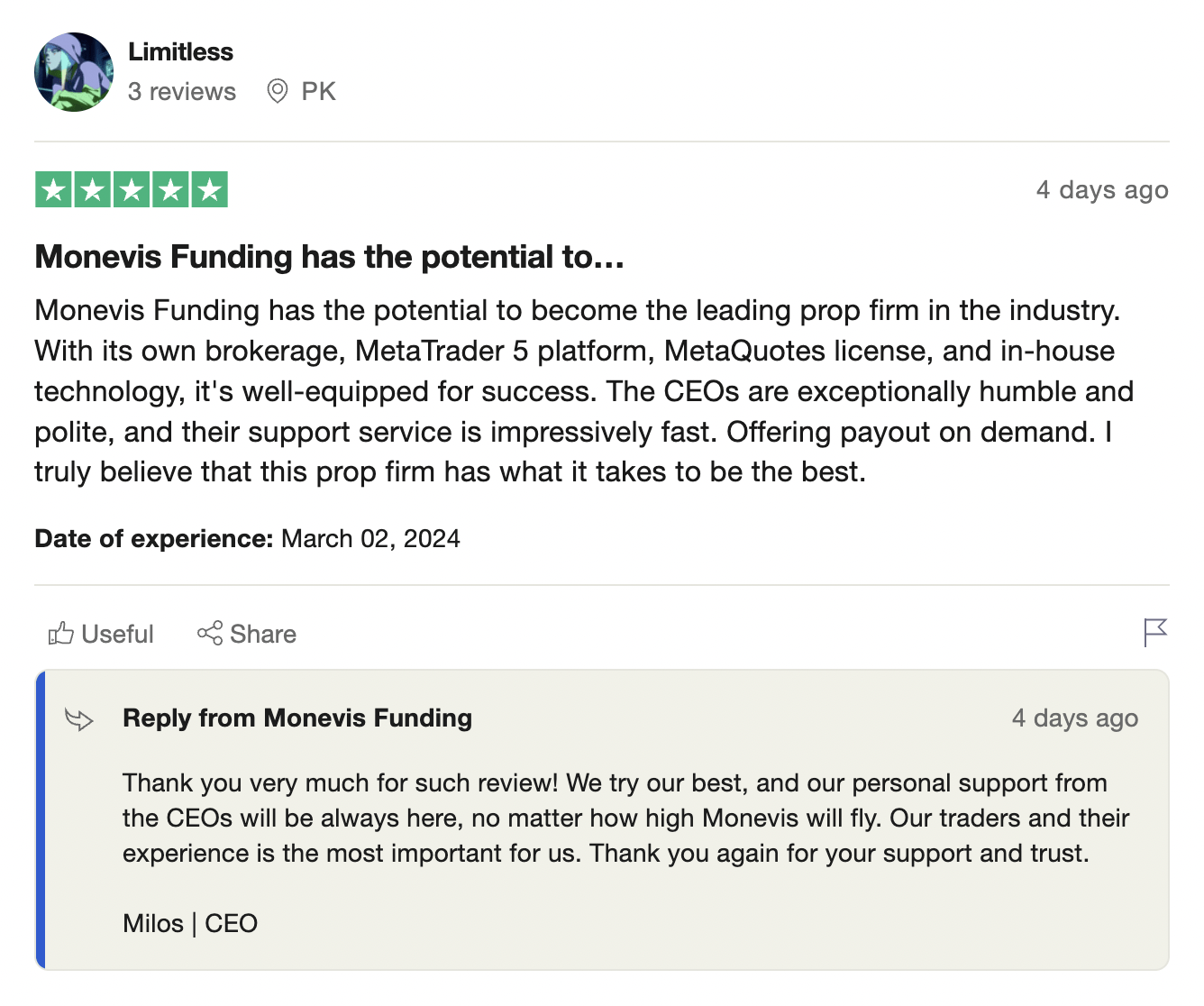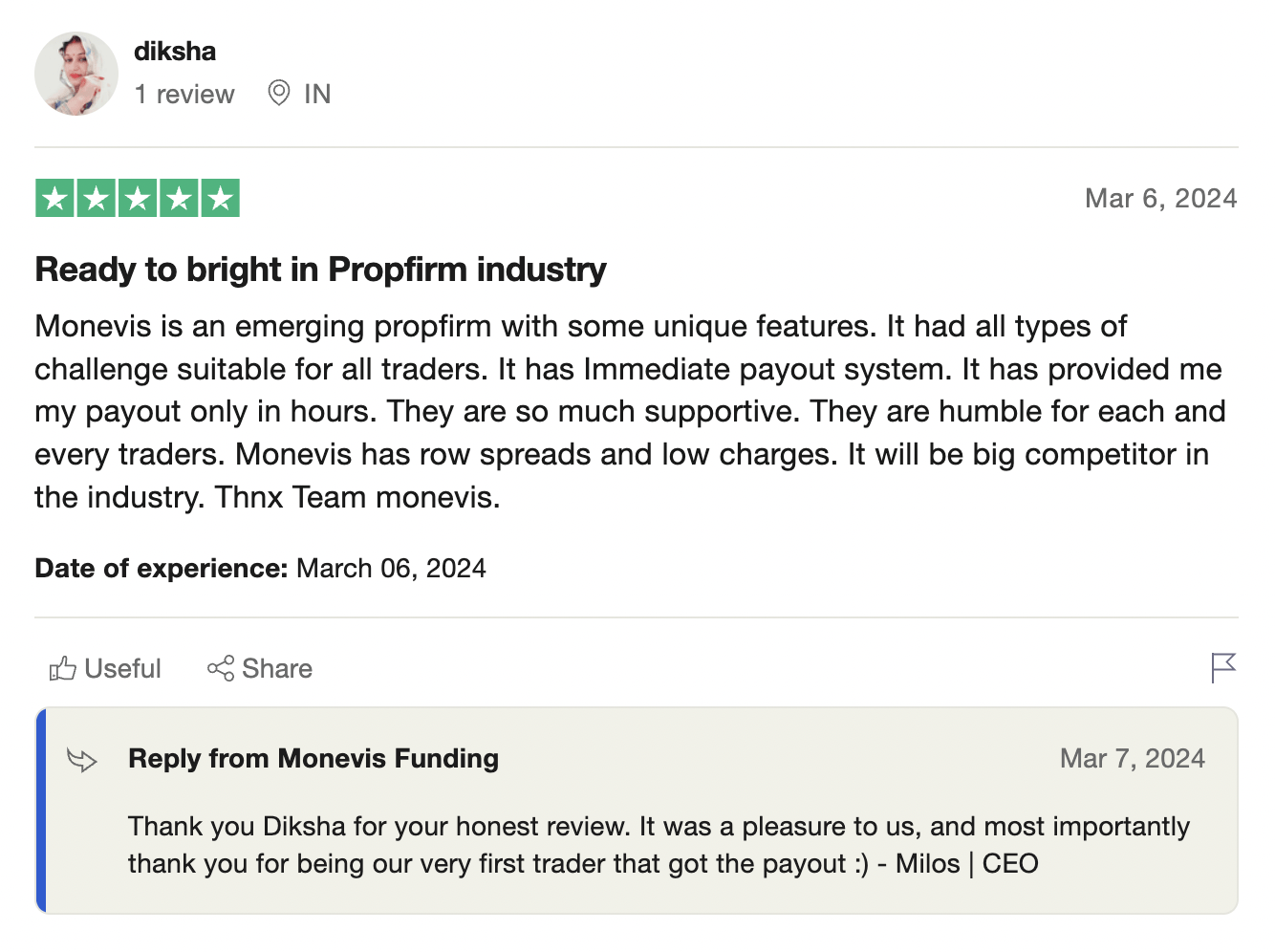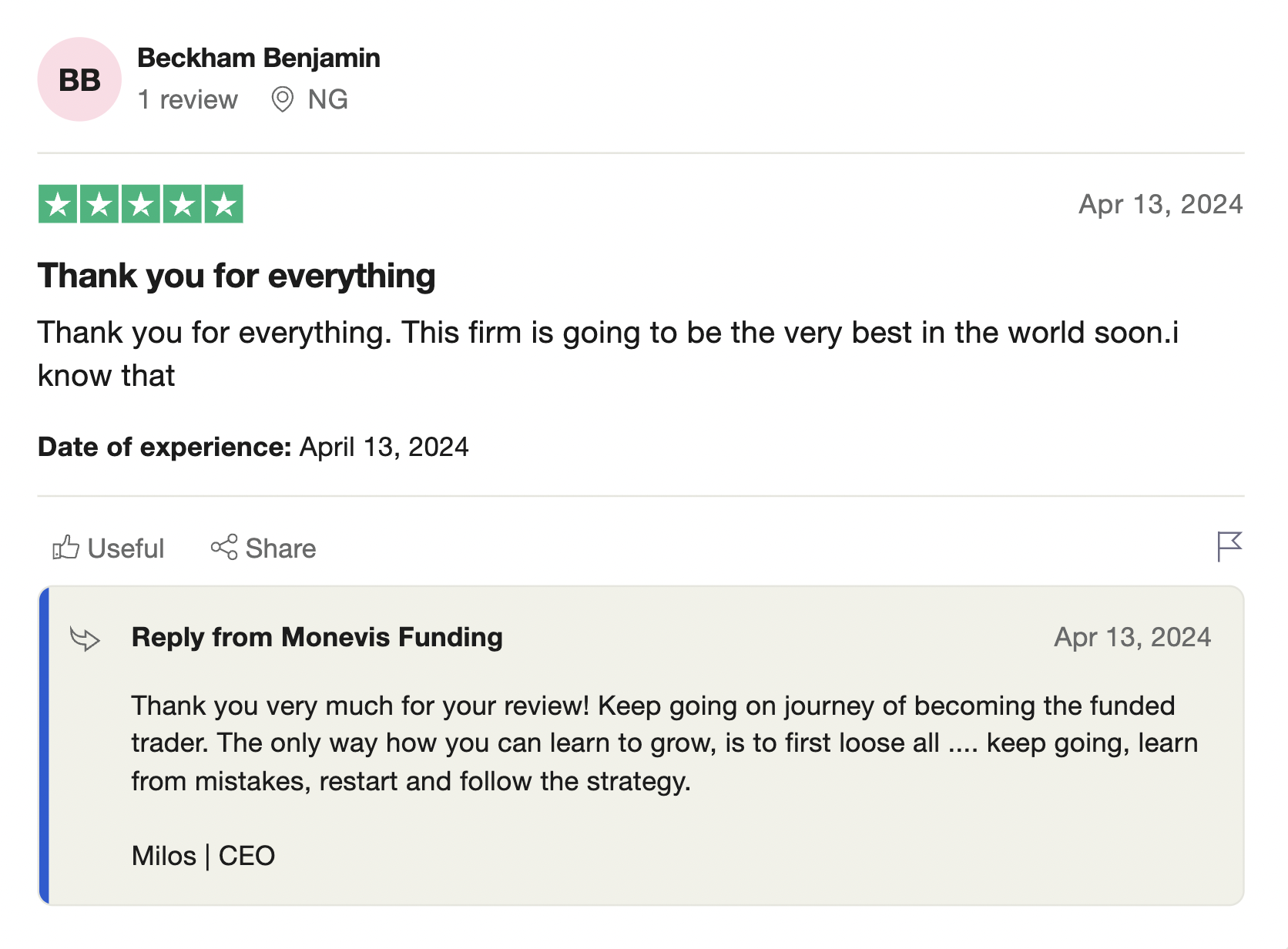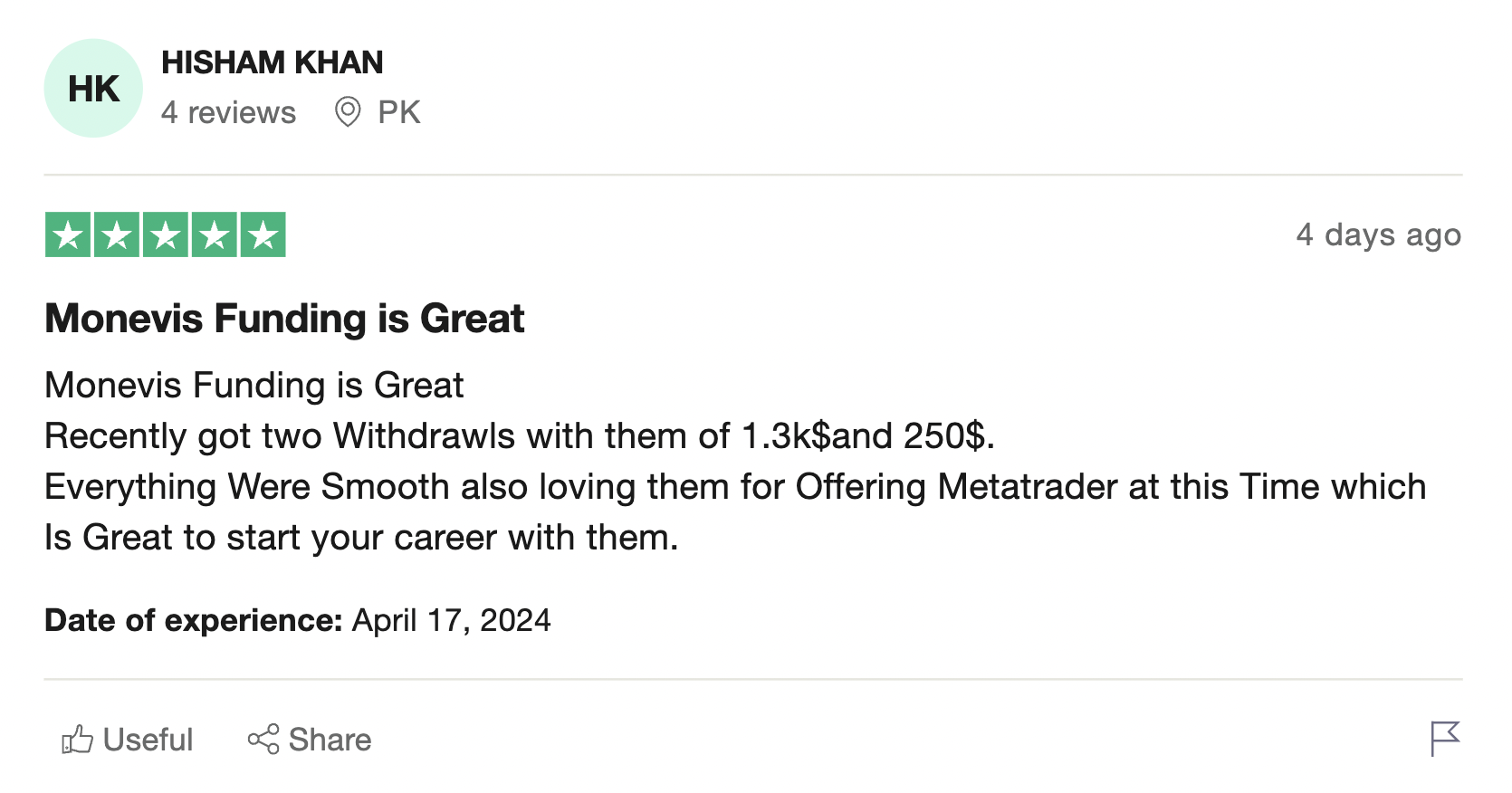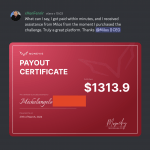Why You Should Keep a Trading Journal in Forex: The Key to Profitable Trading According to Monevis
At Monevis, we believe that success in forex trading is not only about market knowledge but also about consistently monitoring your own performance. One of the most important tools we recommend to every trader is a trading journal. In this blog, we will explain why every trader should keep a trading journal and the benefits it provides.
Benefits of Keeping a Trading Journal
- Improves Discipline and Adherence to Strategy
Keeping a journal encourages traders to take responsibility for every trade. Knowing that you will need to write down the reasons for entering or exiting a trade tends to make you follow your trading strategy more closely. - Identifies Mistakes and Weaknesses
By reviewing your trades, you can easily identify recurring mistakes. You may find that you often enter trades too early or manage risk inefficiently. A trading journal helps you uncover these mistakes and work on correcting them. - Enhances Confidence and Patience
Recording your successful trades builds greater confidence. Additionally, it helps you recognize the importance of patience in trading, which can prevent you from rushing into or out of trades. - Long-Term Performance Analysis
A trading journal allows you to analyze your results over an extended period. You can determine which markets or trading times suit you best and adjust your trading strategy accordingly. - Improves Market Analysis Skills
By documenting details of each trade, such as reasons for entry, exit, or stop-loss settings, you gradually improve your ability to analyze the market. This makes you a better trader, capable of predicting market movements more effectively. - Reduces Emotional Trading
Keeping track of your emotions before, during, and after trades provides better control over your feelings. Emotions are a common enemy in trading, and a trading journal is one of the tools to manage them more effectively.
How to Keep a Trading Journal According to Monevis
At Monevis, we recommend that every trader keep a trading journal because we believe this habit is crucial for achieving long-term profitability. Here are some tips for keeping an effective trading journal:
- Record Every Trade: Note the reasons for entering and exiting the trade, position size, time and duration of the trade, and, of course, the outcomes.
- Write Down Emotional Notes: How did you feel when entering the trade? What led you to close the position? Emotions are often an overlooked but important aspect of trading.
- Analyze Your Records: Regularly review your trades and analyze what worked and what didn’t. Look for patterns and strive to improve.
- Focus on the Process, Not Just Profits: More important than immediate profits is sticking to your strategy and trading plan. Profits will come if you are consistent.
Conclusion
Keeping a trading journal is essential for every trader, according to Monevis. This habit is key to achieving long-term profitability and success in forex trading. Whether you are a beginner or an experienced trader, a trading journal will help you improve discipline, identify weaknesses, and ultimately reach your financial goals.
